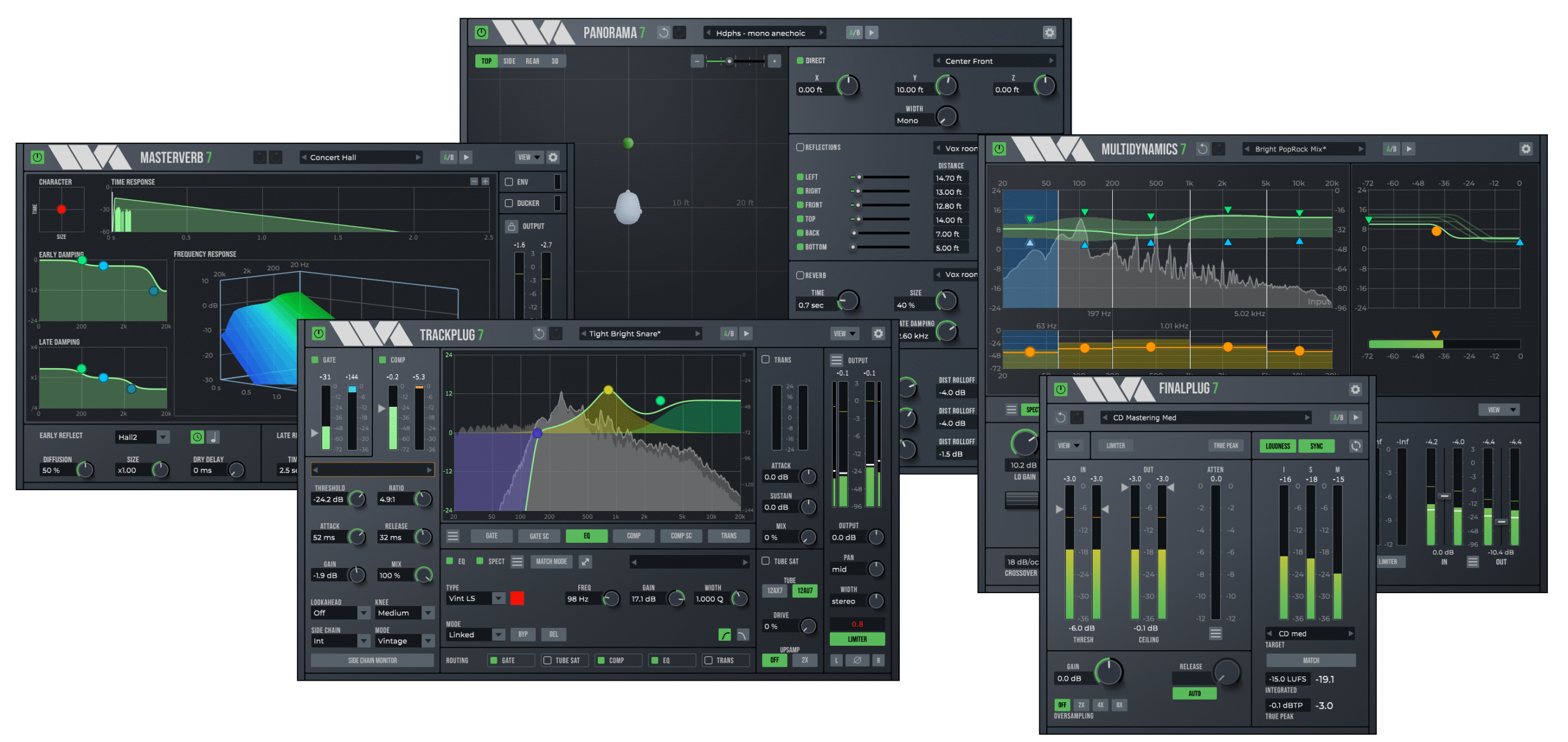REAPER
REAPER For Windows: Your Guide to Audio Production Mastery
Audio production has become increasingly accessible, thanks in large part to powerful digital audio workstations (DAWs) like REAPER. Whether you’re a seasoned musician, a podcaster, or a sound designer, mastering REAPER can elevate your audio projects to new heights. In this blog post, we’ll explore the ins and outs of REAPER, walking you through the essential features, tips, and tricks to unleash your creativity.
What is REAPER?
REAPER, which stands for Rapid Environment for Audio Production, Engineering, and Recording, is a powerful and flexible DAW that has gained popularity among audio professionals and enthusiasts alike. With its lightweight design, extensive customization options, and a supportive community, REAPER stands out as an excellent choice for anyone looking to produce high-quality audio.
Getting Started with REAPER
Installation and Setup
Getting started with REAPER is a breeze. Simply download the installer from the official website, and follow the straightforward installation instructions. The software is available for both Windows and macOS platforms, making it accessible to a wide range of users.
Interface Overview
Upon launching REAPER, you’ll be greeted with a clean and efficient interface. The customizable layout allows you to arrange windows and toolbars to suit your workflow. Familiarize yourself with the key elements like the track control panel, mixer, and transport controls to get comfortable navigating the software.Essential Features of REAPER
Multitrack Recording
REAPER’s multitrack recording capabilities are robust, allowing you to effortlessly record multiple audio sources simultaneously. Whether you’re laying down vocals, instruments, or sound effects, REAPER’s intuitive track management makes it simple to keep everything organized.
MIDI Support
For those working with virtual instruments or electronic music, REAPER offers extensive MIDI support. Create and edit MIDI tracks with precision, and take advantage of the built-in virtual instruments to enhance your productions.
Effects and Plugins
One of REAPER’s most powerful features is its support for a vast array of audio effects and plugins. From VST to AU formats, REAPER lets you expand your sound palette with ease. Explore the built-in ReaEQ, ReaComp, and other native effects to get started, or enhance your projects with third-party options.
Chapter 4: Advanced Techniques
Automation
Automation in REAPER allows you to create dynamic changes in your audio over time. By adjusting levels, effects, and parameters, you can add depth and movement to your tracks. Utilize the envelope lanes and automation points to achieve precise control over your audio.
Routing and Busing
Complex audio productions often require intricate routing and busing setups. REAPER excels in this area, offering flexible routing options to customize your audio signal flow. Set up submixes, apply effects to multiple tracks simultaneously, or create headphone mixes for musicians—all with REAPER’s intuitive routing capabilities.
Collaborative Features
Whether you’re working with a band, collaborating remotely, or sending files to a sound engineer, REAPER makes collaboration easier. Use the “Render to New Track” feature to bounce audio, or take advantage of the “Copy/Move to” options to streamline the process of sharing your work.
Conclusion: Why REAPER is the Right Choice for You
In conclusion, REAPER is a versatile and powerful tool for anyone invested in audio production. Whether you’re just starting out or you’re a seasoned pro, the robust features and flexible interface can empower you to bring your sonic visions to life. With a bit of practice and exploration, you’ll uncover the endless possibilities REAPER has to offer. So, what are you waiting for? Dive into the world of REAPER and unlock your creative potential today!








Comments0